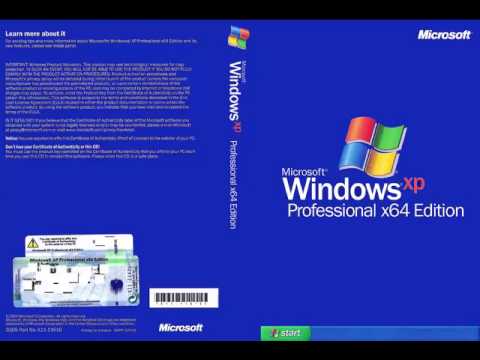

The new flag provides enhanced protection against memory-based attacks. It recompiles many core system binaries with a new GS flag that helps fight the buffer overruns and significantly optimizes performance.Īctually, this is the reason the installation pack is this large.

SP2 brings to the table what is called Proactive Protection. That being said, you still have to take into consideration a third-party firewall to make up for the shortcomings of the Windows Firewall. Moreover, it prevents system access while starting up and prompts you to enable or disable access to applications trying to use the network connection. The new Windows Firewall is on by default and allows you to custom-configure open ports to balance the fact that it tags as trusted all workstations on the local subnet and it does not check the outbound traffic.

One of the new features introduced by SP2 is the Security Center, a system protection management utility that allows users to quickly inspect and adjust the security settings of their antivirus, firewall, and automatic system updates. Windows XP SP2 2180 RTM brings security-related information to end users, helping them better understand the options they have to protect their computer. The service pack is mainly security-centered, containing a whole list of security improvements, all designed to increase the protection against viruses, malware or other types of attacks on your computer. The pack is quite large, but taking a look at the main fixes and improvements, you immediately know it is worth your while. Windows XP SP2 2180 RTM provides just that - a single installation of all important OS updates. The service pack contains relevant enhancements, fixes or updates in a single installation pack, and is the preferred solution for system administrators updating multiple computers over the network. When the number of Windows patches reaches a certain cap, Microsoft releases a Service Pack to offer a hassle-free installation for the most important of them.


 0 kommentar(er)
0 kommentar(er)
